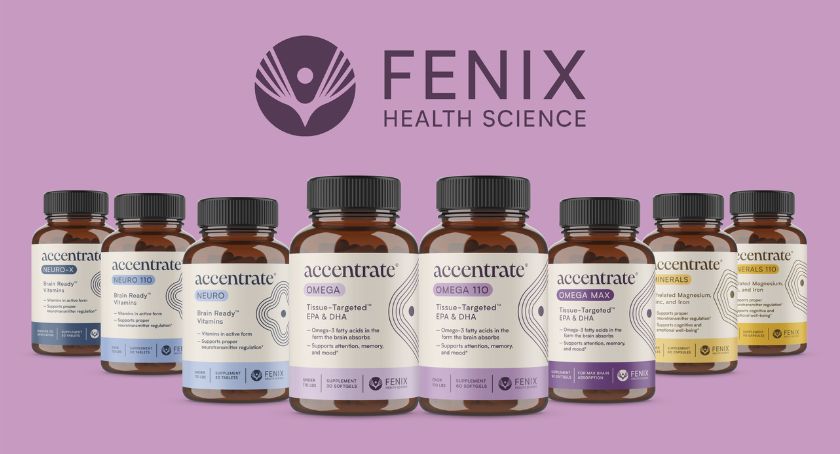Columns
Japan Insider: Japan 2006 Yearend Update
An aging population will likely pave the way for new, less expensive approaches to healthcare in the future.
By: Ron Bailey

Japan 2006 Yearend Update
An aging population will likely pave the way for new, less expensive approaches to healthcare in the future.
By Ron Bailey
The macroeconomic climate in Japan continues to improve, confirming the positive trends reported last year at this time. The new government is settling in with promises to initially focus on improved relations with their Asian neighbors—South Korea and China in particular. The new prime minister is likely to encourage policies that are more conservative, including an expansion of the “defensive” Japanese military capability.
The continued growth of the Japanese economy depends in large part on continued growth in the U.S. and China, which are their primary export markets. As a result, Japanese diplomatic efforts will also need to focus on maintaining a stable relationship with the U.S.
Demographics Update
The most important new demographics information from Japan can be found in the 2005 census data published in late October. Although the data trends were anticipated, the acceleration of the aging of Japanese society is proceeding at a faster pace than expected. Bullet point highlights from the census press release included:
•The overall Japanese population is shrinking after peaking in 2004;
•Japan has the highest proportion of old people and lowest proportion of young people in the world;
•Over 21% of Japanese were 65 years of age or older last year, the highest ratio in the world—this is up from 17% in the last census in 2000;
•Less than 15% of Japanese are under 15 years of age, the lowest since census-taking began in 1920, and also the lowest in the world; and
•The fertility rate (defined as the average number of children a woman has during her lifetime) was 1.25 in 2005, an all-time low; a rate of at least 2.1 is needed to stabilize the population.
These data confirming the rapid and accelerating aging of the Japanese population are very significant, as healthcare policies are formulated as a result of the census findings. It is clear that the increasing financial burden of pensions and healthcare for seniors is the single most important issue that needs to be addressed by the Japanese government.
Regulatory Update
Most of the details regarding functional foods, nutraceuticals, and dietary supplement regulations were addressed in a summary article prepared for the “International Markets” segment of the July/August issue of Nutraceuticals World. With the exception of the less regulated health food supplements market segment, there are now detailed regulations in place, which cover all of the relevant categories, and they have not changed significantly in the past year.
The FOSHU (Foods for Specified Health Uses, “Tokuho” in Japanese) labeling requirements have been slightly modified to include a “Standard Daily Intake” for each approved product. Labels are being modified to reflect this revision.
FOSHU Category Update
The July/August article of Nutra-ceuticals World also summarized briefly the key findings from the Japan Health Food and Nutrition Food Association 2005 FOSHU category report. At the end of last year, there were 569 approved FOSHU products, with retail sales of nearly $6 billion. The growth of the FOSHU category has slowed, however, with an increase in retail sales of only 11% from 2003 to 2005.
So far in 2006 there have been fewer new FOSHU product approvals than in the past few years, and no obvious dramatic growth in sales. As of early September, a total of 40 new FOSHU products had been approved in calendar 2006, to a total of just under 600 active FOSHU product registrations.
Perhaps more important, there has been only one new “functional ingredient” approved so far this calendar year, a royal jelly peptide with an allowed claim related to the treatment of mild hypertension. All of the other new products used functional ingredients with a history of use in FOSHU products, including oolong tea polyphenols (spe-cifically homo-bis-flavone) for reduction of triglycerides and body fat from Suntory and oolong tea catechins for reduction of body fat from Kao Corporation. There has been no new health claims approved this calendar year, another apparent indication of a slowing FOSHU market.
On the other hand, there are indications that more of the successful FOSHU functional ingredients are being marketed or studied for marketing outside Japan. The Kao diacylglycerol body fat lowering technology licensed to ADM was followed by Calpis’ lactotripeptide blood pressure lowering technology licensed to Unilever. More overseas companies are using the positive Japanese experience with various probiotic bacteria and green tea catechin concentrate systems, some via licensing and others via independent developments. Matsutani Kagaku’s indigestible dextrin (Fibersol-2) ingredient has become popular as a source of dietary fiber, a prebiotic ingredient and a blood glucose control agent. More examples of FOSHU functional ingredient overseas technology transfer are certain to follow.
Non-FOSHU Functional Foods
As contrasted with the apparent slowdown in the formal FOSHU category, there is ongoing activity in the Non-FOSHU segments of the market. Part of this activity is related to potential new FOSHU categories, which are being investigated, although so far without formal FOSHU endorsement by the Ministry of Health, Labor and Welfare.
A potential FOSHU category for “anti-fatigue” and/or “anti-stress” functional ingredients continues to be researched, primarily from a safety and efficacy point of view. New biomarkers are needed in order to confirm the efficacy of the ingredients. In the meantime, at least some of the functional ingredient candidates are already in widespread use in food, beverage and dietary supplement applications. This provides a consumer experience base to confirm the history of safe food use of the ingredients, which is necessary for the eventual FOSHU application process. Popular ingredients being studied for anti-fatigue applications are coenzyme Q10, astaxanthin from microalgae, L-carnitine, BCAA’s (branched chain amino acids) and glutamine, for example.
Another important potential FOSHU category is immune function enhancement, although the formal development of this category appears to be lagging behind the anti-fatigue option. Popular non-FOSHU ingredients making at least implied off-label immune function claims include a wide variety of mushroom extracts and some of the probiotic bacteria systems.
A third potential FOSHU category that has been mentioned is weight loss/weight management, beyond the more limited health claims that are already permitted related to body fat reduction. It is not yet clear how the new product claims will be differentiated from the existing FOSHU claims. There is a strong incentive from the Ministry of Health, Labor and Welfare to establish a formal FOSHU category to help control the implied claims already being made by many non-FOSHU food, beverage, and dietary supplement diet and slimming products.
Other active areas that have emerged recently in Japan include products targeted at metabolic syndrome risk factors. At the October Health Ingredients Japan 2006 show a range of companies were marketing ingredients specifically for this purpose for the first time, by name. Use of the term “metabolic syndrome” is be-coming more widespread in Japan, as is consumer recognition of the range of health problems related to diabetes and pre-diabetes.
Expectations for the Future
Given the demographic trends in Japan, particularly the rapid aging of the population, the Japanese government has no choice but to encourage the development of relatively low cost options for helping to control healthcare costs. Clearly functional food and nutraceutical approaches to health maintenance are less expensive than prescription drug alternatives and even less expensive than long term hospital care. To the extent that new regulations can be developed that will lead to more new products with demonstrated health benefits, the financial pressures related to healthcare will be reduced. The Japanese experience is certainly worthy of study by all countries with an aging population. NW
Note: Important sources of information for this article include the National Health and Nutrition Survey in Japan, 2003, the translated FOSHU approval lists from the Japanese Health Food and Nutrition Food Association, and the Japanscan Food Industry Bulletin published in the U.K.




















